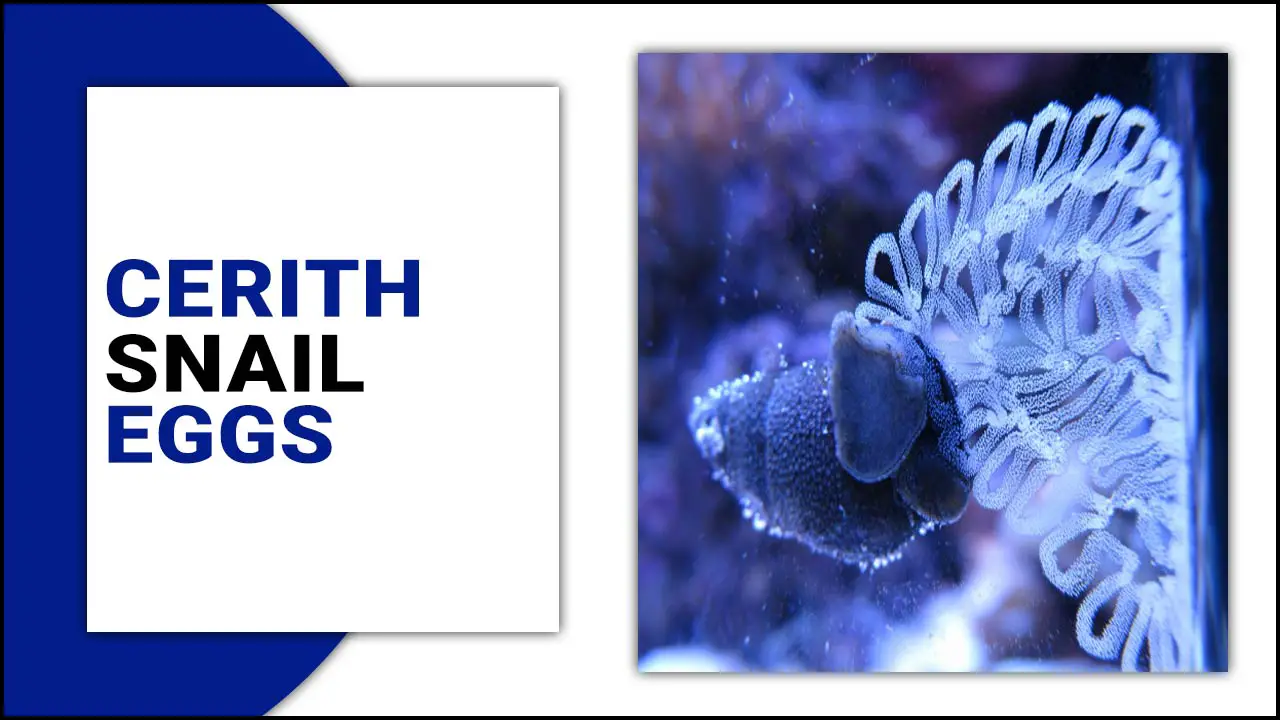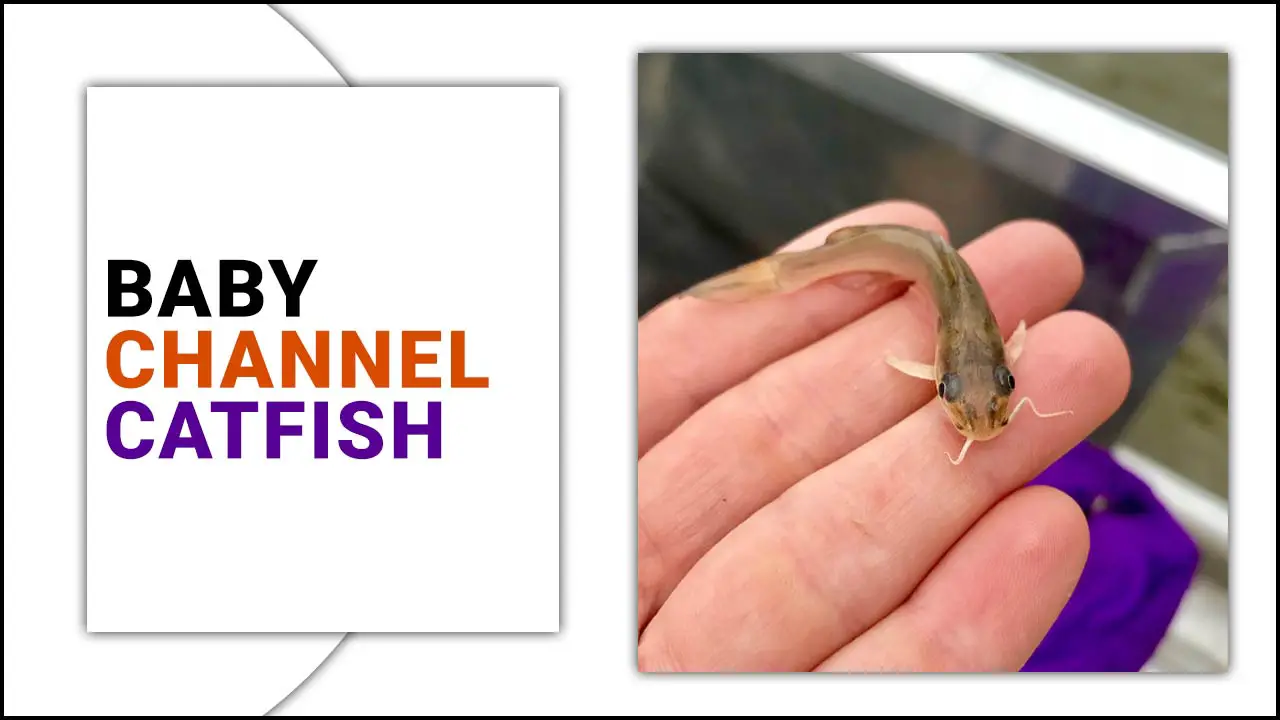In selecting tank mates for blue crayfish, it is important to choose species that are compatible with their aggressive nature. Blue crayfish are known to be territorial and can become aggressive towards other tank inhabitants, especially smaller fish.
Here we will unlock the secrets of harmonious Blue Cray fish Tank Mates. We will cover everything from understanding their habitat and natural environment to necessary tank conditions, nutritional needs, and an ideal diet. We will also discuss interpreting Blue Crayfish behaviour and whether they are solitary or societal creatures.
Finally, we will answer the most asked question: can Blue Crayfish live with other species in the same tank? So, sit back and relax as we take you on this journey of discovering the perfect companions for your Blue Crayfish.
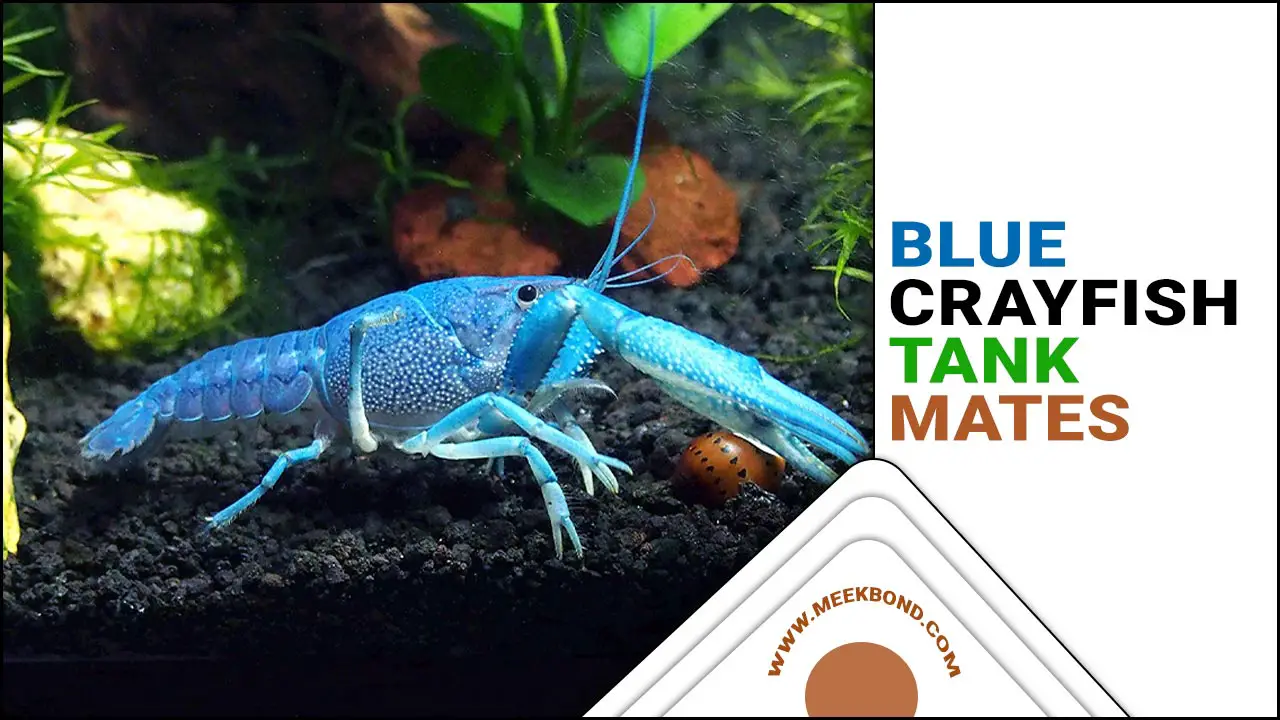
Natural Environment And Origin Of Blue Crayfish Tank Mates
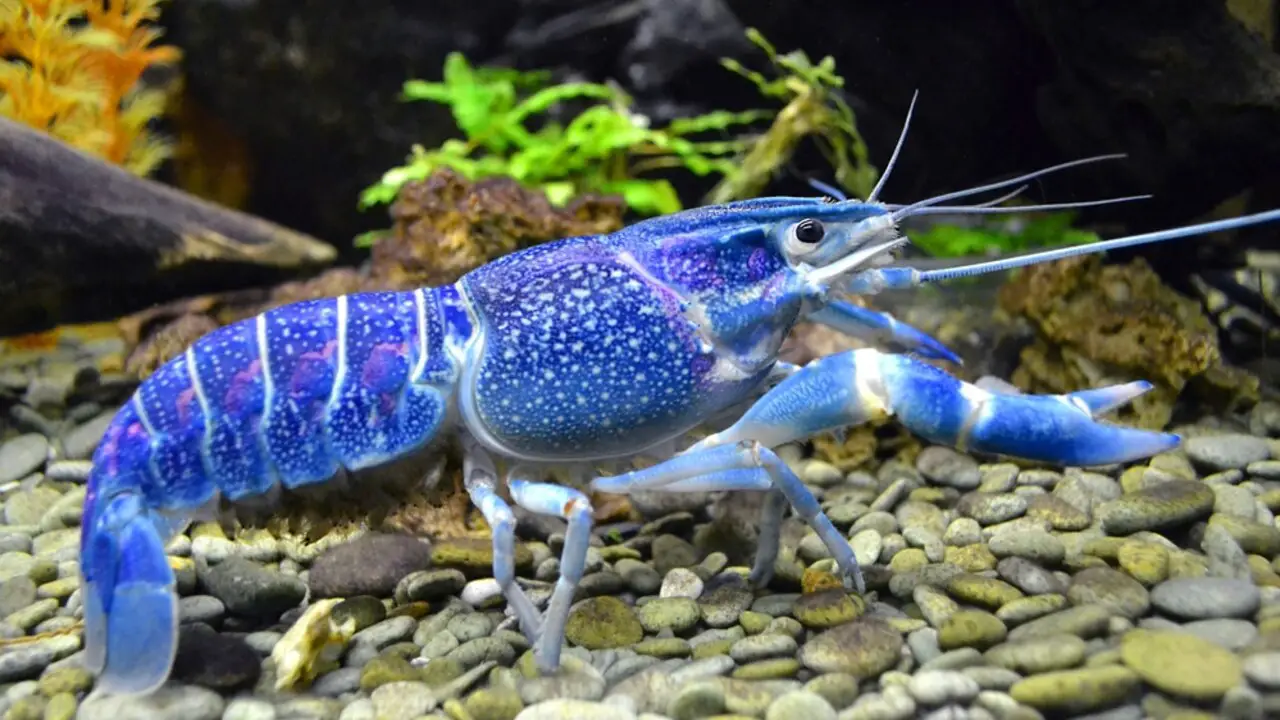
Blue crayfish are native to North America and thrive in freshwater habitats like streams, rivers, and lakes. Choosing species from freshwater environments with similar environmental needs is important when considering suitable tank mates for blue crayfish.
Fish species like cichlids, gouramis, and tetras can make good companions for blue crayfish. However, it is best to avoid keeping slow-moving or long-finned fish with them, as they may become targets for aggression. Providing ample hiding spaces and territory for all tank mates is crucial to ensure a harmonious tank environment. Considering these factors, you can create a peaceful and compatible community for your blue crayfish.
It is also crucial to regularly monitor tank conditions and behaviour to ensure harmonious relationships between tank mates. Following these guidelines, you can create a harmonious and balanced aquarium environment for your blue crayfish and its tank mates. Scroll down to get in details about blue crayfish tank mates.
Appearance And Size Of Blue Crayfish
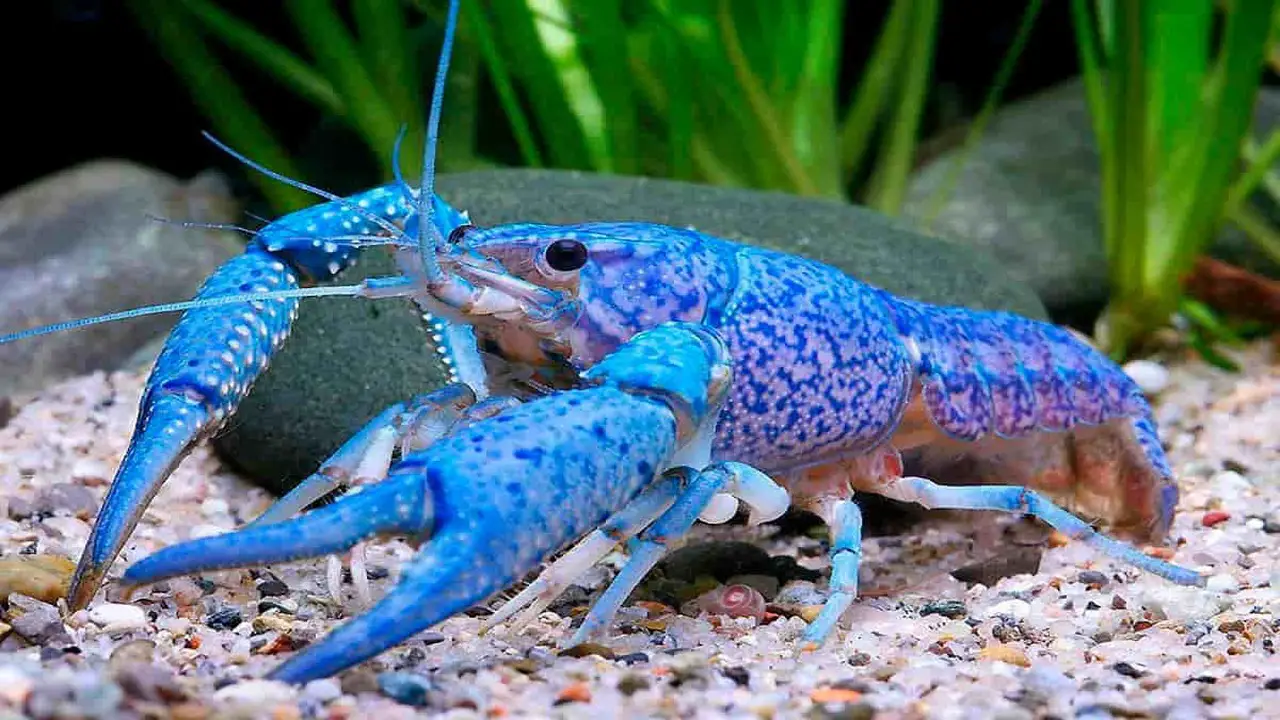
Blue crayfish are visually stunning creatures with their distinctive blue coloration, capturing the attention of any aquarium enthusiast. These crayfish can grow up to an impressive 6 inches in length, making them one of the larger ones. When considering potential tank mates for blue crayfish, it is crucial to consider their appearance and size in relation to the crayfish.
It is advisable to avoid pairing them with smaller or delicate fish that may become easy prey. Instead, opt for similarly sized and robust species, such as cichlids or catfish, ensuring a harmonious and safe coexistence within the aquarium.
The Lifespan Of Blue Crayfish
Blue crayfish can thrive in captivity for up to 5 years with proper care. When considering tank mates for blue crayfish, it’s crucial to consider their lifespan and growth rate. Quick-growing crayfish may not be compatible with slow-growing fish like neon tetras or guppies.
Additionally, it’s best to avoid aggressive or territorial species, such as cichlids or bettas, as they may bully or harm the crayfish. Instead, opt for peaceful community fish like mollies, swordtails, or plates. These species can coexist harmoniously with blue crayfish and create a vibrant and diverse aquarium ecosystem.
Understanding The Habitat Of Blue Crayfish
Blue crayfish thrive in a habitat that offers them security and exploration. They prefer an environment with plenty of hiding places, such as caves, driftwood, or live plants, where they can retreat when feeling threatened. It is crucial to choose tank mates that can coexist peacefully with the territorial behavior of blue crayfish.
Avoid aggressive or territorial fish that may provoke or harm the crayfish. Instead, opt for peaceful community fish like tetras, corydoras, shrimp, and snails. However, remember that these invertebrates may become prey for the crayfish. By considering the habitat needs of blue crayfish, you can create a harmonious aquarium environment for them.
Necessary Tank Conditions For Blue Crayfish
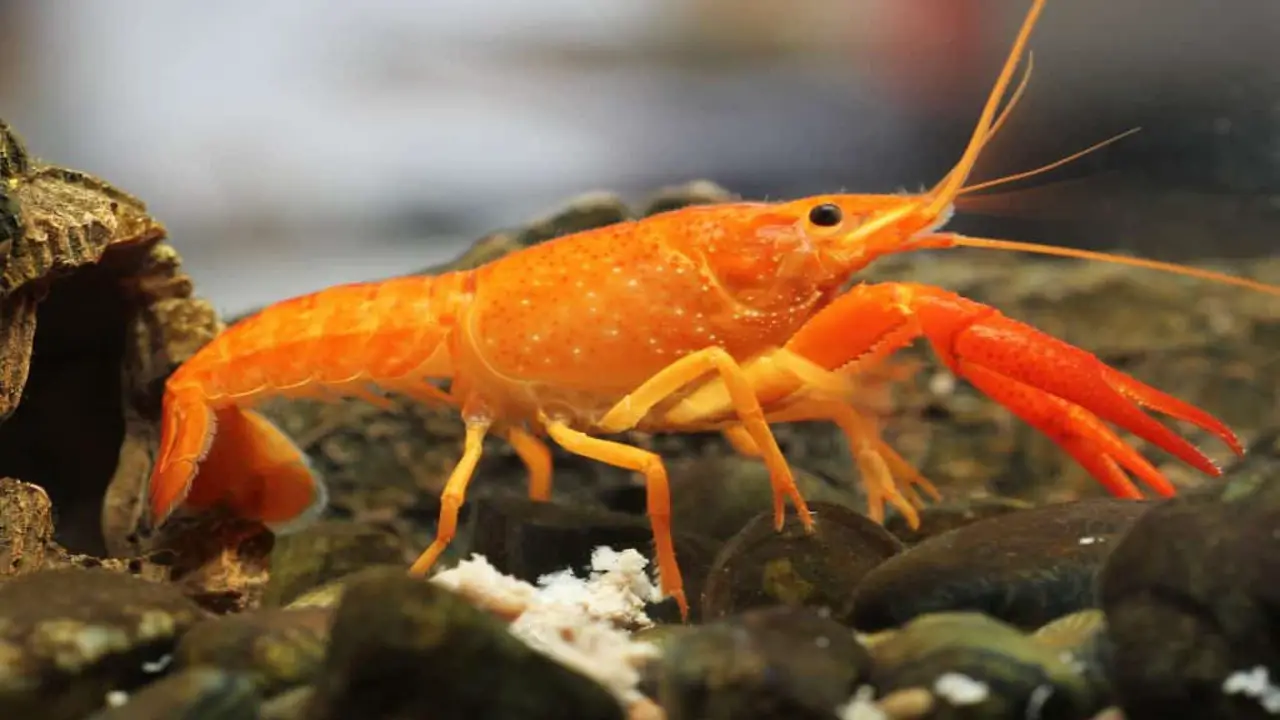
Creating a tank environment that meets their needs is essential to provide the best living conditions for your blue crayfish. Blue crayfish prefer a temperature range of 72-82°F and a pH range of 7.0-8.0. Maintaining these water parameters will help ensure their health and well-being.
In addition to temperature and pH, blue cray fish require an aquarium with plenty of hiding places, such as rocks or plants. These hiding places provide security for the crayfish and serve as territories for them. A well-filtered tank with moderate water flow is also essential. This helps maintain water quality and promote oxygenation, which is crucial for the crayfish’s survival.
Regular water changes and testing are vital for maintaining water quality. Blue crayfish are sensitive to changes in water parameters, so it is important to monitor ammonia, nitrates, and other water parameters regularly. A healthy and stable environment will increase the likelihood of successful cohabitation with tank mates.
Tank Size And Specifications
To provide the blue crayfish with proper living conditions, it is necessary to consider the tank size and specifications. A minimum tank size of 20 gallons is required to accommodate the blue crayfish comfortably. When selecting tank mates, it is important to consider their temperament and behavior. Adding aggressive or territorial fish to the tank can threaten the crayfish.
Opt for peaceful community fish, snails, and shrimp as compatible tank mates. To minimize territorial disputes among tank mates, ensure that the tank has ample hiding places and decorations. You can create a harmonious environment for your blue crayfish and its companions by providing the appropriate tank size and specifications.
Essential Water Parameters
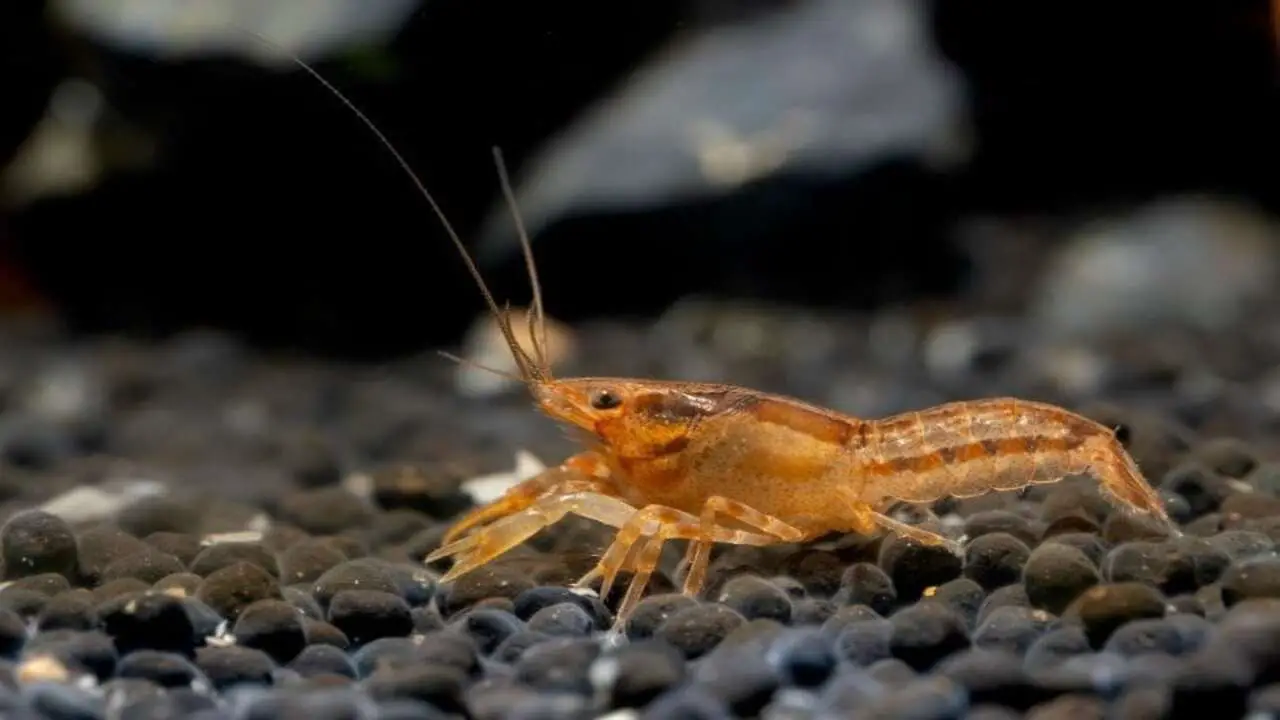
Maintaining proper water parameters is essential for the health and well-being of blue crayfish and their tank mates. Monitoring and adjusting water temperature, pH levels, and hardness are crucial. Blue crayfish thrive in slightly alkaline, hard water conditions with a pH between 7.5-8.
It is important to ensure that tank mates prefer similar water conditions to promote optimal compatibility. Proper filtration and regular water changes are necessary to maintain stable water parameters. Maintaining the right water parameters can create a healthy environment for all tank inhabitants, including blue crayfish and their companions.
Nutritional Needs Of Blue Crayfish
Blue crayfish have specific nutritional needs to stay healthy. They require a balanced diet consisting of protein, vegetables, and minerals. Feeding them once every other day is essential to prevent overfeeding or underfeeding. When choosing tank mates for blue crayfish, it’s essential to consider their dietary needs.
Opt for species with similar requirements to avoid competition and aggression during feeding time. Live or frozen prey such as shrimp, worms, and snails are excellent food options for blue crayfish. Additionally, vegetables like spinach, kale, and zucchini can provide the necessary nutrients and fibre they need. By meeting their nutritional needs, you can maintain the health and well-being of your blue crayfish.
Ideal Diet For Blue Crayfish
Blue crayfish thrive on a diverse diet of high protein and plant-based foods. They should be fed a combination of brine shrimp, bloodworms, and vegetables like spinach and zucchini. It is important to avoid feeding them fish or meat-based diets as these can cause stress and aggression.
Instead, provide them a balanced diet promoting healthy growth and overall well-being. Consulting with a veterinarian or aquatic specialist can help determine the best diet for your blue crayfish. By offering a varied and nutritious diet, you can ensure your blue crayfish remains healthy and happy in its aquarium habitat.
Feeding Frequency For Blue Crayfish
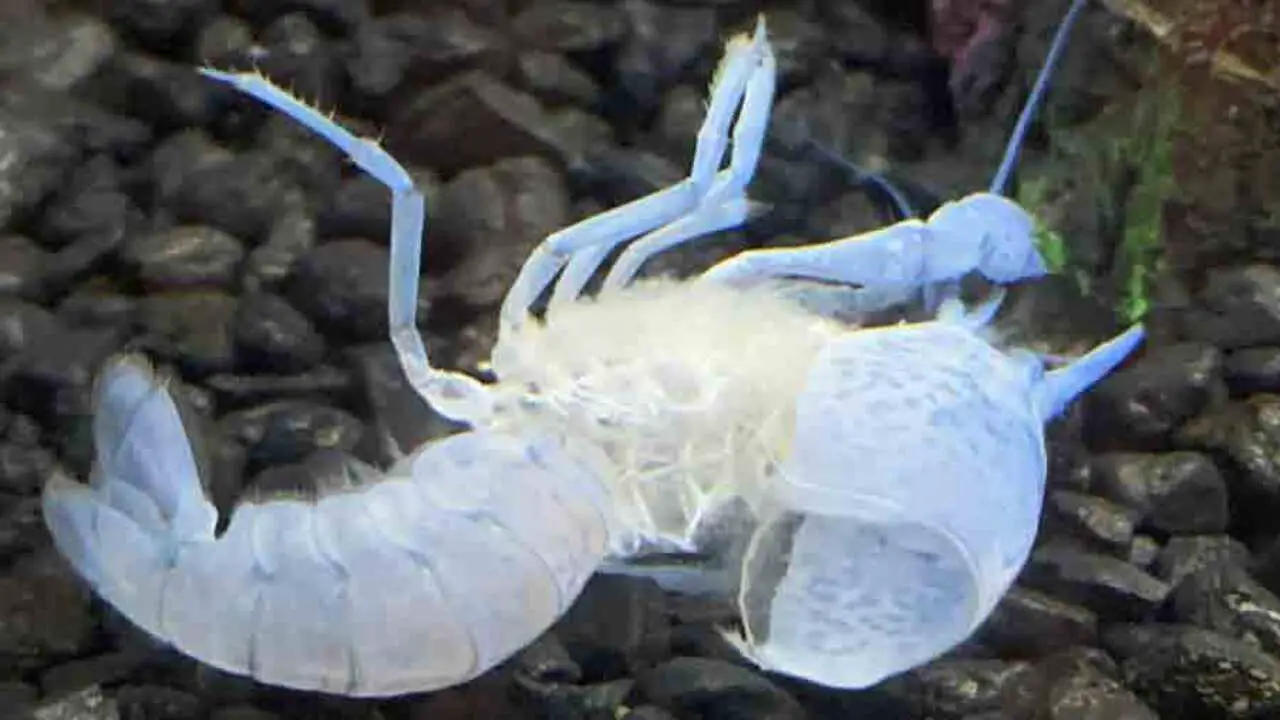
Feeding blue crayfish requires careful consideration to maintain their health and prevent water quality issues. These omnivores have a healthy appetite, but overfeeding can be detrimental. Providing small, frequent meals throughout the day rather than one large feeding is recommended. The feeding frequency should be adjusted based on the tank size and the number of tank mates.
A balanced diet for blue crayfish includes protein-rich foods like shrimp, fish, insects, fresh vegetables, and fruits. It is best to consult with a veterinarian or aquatic specialist to determine the specific feeding recommendations for your setup and crayfish behaviour.
Interpreting Blue Crayfish Behavior
Observing the behaviour of blue crayfish is crucial when considering suitable tank mates. These territorial creatures can become aggressive and attack other crayfish or fish in their tank. To promote a harmonious environment, it is recommended to choose docile fish like tetras and guppies as tank mates for blue crayfish, providing them with enough hiding places.
It is important to avoid keeping blue crayfish with aggressive or territorial fish such as cichlids. Additionally, regular tank maintenance, including water changes and cleaning, can help create a peaceful coexistence among tank mates. By closely observing blue crayfish behavior and taking necessary precautions, you can ensure a happy and healthy aquarium environment.
Societal Or Solitary Nature Of Blue Crayfish?
Blue crayfish are known to be solitary creatures, but they can exhibit social behavior in larger tanks that provide hiding places and resources. However, they may become aggressive towards other tank mates if they feel threatened or overcrowded. Providing ample space and hiding spots in the aquarium is crucial to ensure their security and well-being.
Additionally, a varied diet that includes vegetables and protein-rich foods can help maintain their health and prevent aggression. Monitoring their behavior regularly can also help detect signs of stress or aggression early on. Creating a suitable environment with adequate resources is key to promoting healthy social behavior among blue crayfish in aquariums.
Can Blue Crayfish Live With Other Species In The Same Tank?
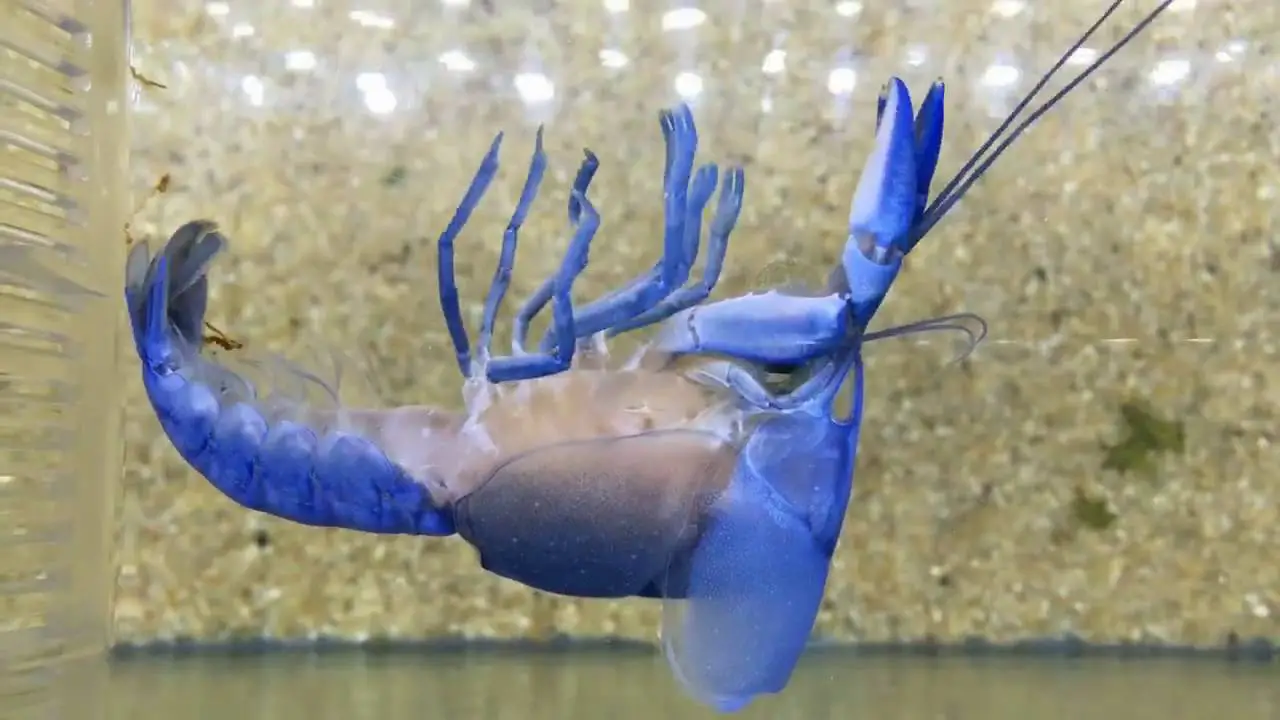
While blue crayfish can coexist with other species in the same tank, it is essential to exercise caution. Blue crayfish are compatible with snails, tetras and guppies, among other species. However, before introducing any new species into the tank, it is vital to research their behavioral patterns to ensure a harmonious environment.
Some species may be territorial or aggressive towards others and could cause harm to the blue crayfish or other organisms in the tank. By carefully selecting compatible tank mates and monitoring their behavior, you can create a thriving aquatic ecosystem that benefits all its inhabitants.
Conclusion
When it comes to blue crayfish, it is important to be selective in choosing their tank mates to maintain a peaceful and stress-free environment. Size, behaviour, and water parameters should be considered when selecting companions for your blue crayfish. Although these crustaceans are typically territorial and aggressive, certain species can coexist peacefully with them.
To ensure a healthy living environment for all inhabitants, provide adequate hiding spots and space in the tank. This can help minimize aggression and promote a thriving and balanced ecosystem. It is important to remember that blue crayfish are sensitive to water quality, so maintaining proper water parameters is also crucial. We hope you now understand blue crayfish tank mates.
Frequently Asked Questions
Can You Put Blue Crayfish In A Community Tank?
Blue crayfish can be challenging to keep in a community tank due to their aggressive and territorial nature. It is recommended to house them alone or with larger, non-aggressive fish like cichlids, catfish, or certain tetras. Always monitor their behavior and compatibility with other tank mates.
What Fish Can I Have With Crayfish?
When considering tank mates for crayfish, it’s essential to choose carefully due to their aggressive and territorial nature. Opt for fast-swimming fish like Danios or tetras, avoiding slow-moving or long-finned species that can be easily caught. Also, ensure compatibility in terms of water temperature and pH levels.
Are Blue Crayfish Aggressive?
Blue crayfish can be aggressive towards other tank mates due to their territorial nature. It is recommended to keep them with other aggressive or similarly sized species. Providing hiding spots and visual barriers in the tank can help reduce aggression in a community setup.
Can You Keep Crayfish With Other Fish?
Keeping crayfish with other fish can be challenging as they are generally predatory and may attack smaller fish. However, certain species, like cichlids, can coexist with crayfish. It is crucial to research the compatibility of specific fish species before introducing them to a crayfish tank.
What To Consider Before Choosing Tank Mates For Blue Crayfish?
Factors to consider when selecting tank mates for blue crayfish include the size and temperament of potential companions. Blue crayfish are territorial and may harm smaller or slower fish. Avoid keeping bottom-dwelling species that compete for resources. Research each candidate’s needs before adding them to the tank.

Aquarium passion is all about connecting with the aquatic life and providing education to the public on the importance of these creatures. We showcase a wide variety of marine life through our exhibits as well as working with schools to provide unique learning opportunities for students of all ages.


